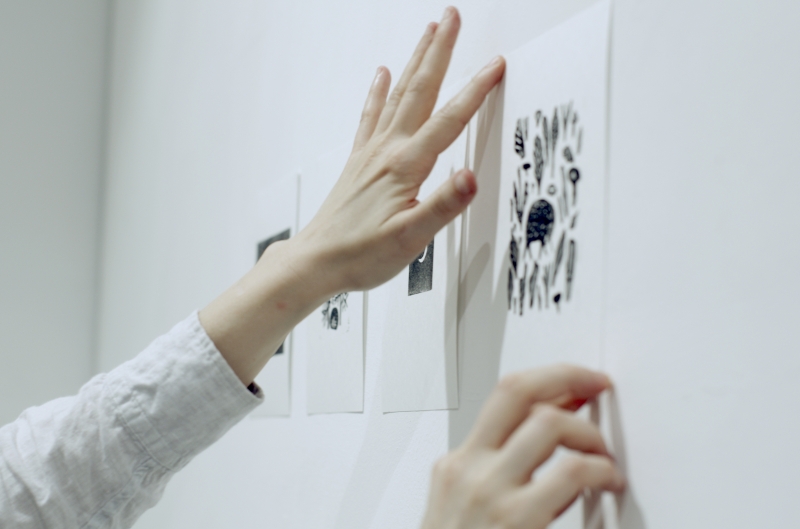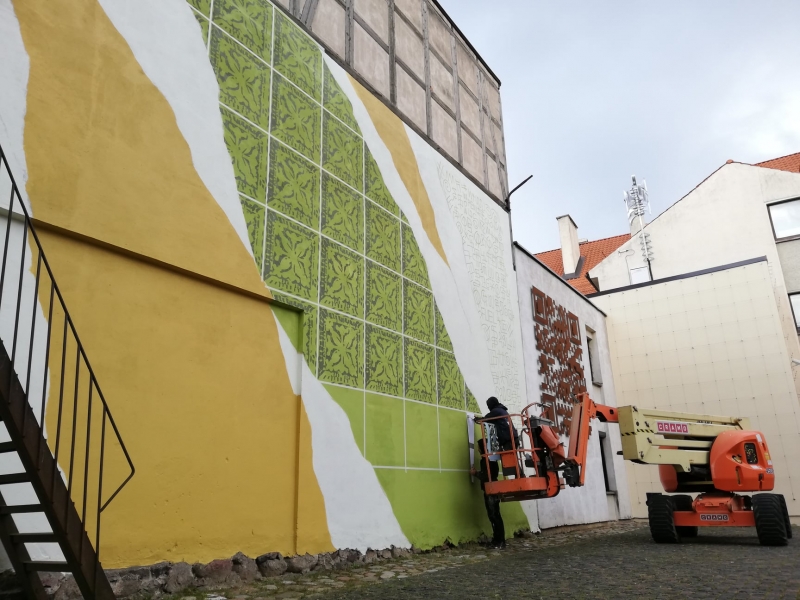INTERNATIONAL RESIDENCE AT KLAIPĖDA CULTURE COMMUNICATION CENTRE (LITHUANIA)
KCCC International Residency has been operating since 2006. All over the last decade, it has been, and remains, a significant part of the emerging Klaipėda Contemporary Art Culture Platform. During the period, about 100 artists, scientists, designers, and lecturers from different EU countries, USA, Russia, and Canada have taken part in the programmes of residency and created and worked together with target groups of cultural consumers (designers, young artists, students, and visitors to the KCCC exhibitions). The authors of the Residency collaborate with creative organizations of Klaipėda and departments of Lithuanian public organizations (Klaipėda Faculty of Vilnius Academy of Arts and Klaipėda University). In 2017, Klaipėda became the Lithuanian Capital of Culture; in the process of preparing for that project and for participation in the competition for the title of the European Capital of Culture 2022, the guidelines for the cultural strategy of the city until 2030 were drafted. A significant contribution to their formulation has been made by the analysis of the KCCC International Residency projects implemented so far and the feasibility of their actual integration into the artistic life of the city in cooperation with wider audiences. Given all that, the Residency Programme 2019 was aimed at research devoted to preparation for the planned society collaborative art projects in Klaipėda, the creation of works of art in public spaces, and cycles of educational events for community groups.
The aim set for the artists residing at Klaipėda Culture Communication Centre is to implement creative projects by involving the city community in the process. With emphasis placed on sociocultural art practices and the local specificity, artists collaborate with scholars, researchers, culturologists, and the city community. The outcomes of their activities are presented in the public spaces of the city.
The main aim is to develop cross-sectoral collaboration. The set up graphic art laboratories are to become spaces of creative meetings for different target groups, unrestricted by education, cultural literacy, age, social status, nationality, or interests. The aim of the activities is to consistently formulate and interpret the trend of art, science, and design; technologies and visual and new media art; to seek the integrity of the contemporary media and technologies and traditional art forms for the creation of a socially attractive urban space.
During the project, the graphic language of the city as well as its change from visual, pictographic to interdisciplinary will be explored. Those art creation practices will focus not on the publicizing of social problems but rather on the generation of solutions to the analysed problems.
The fields of the residency activity include various graphic media: graphic art as photography, collective writing, mail art, street art, video art, 3D design, animation, sound art, etc. Project activities, based on contemporary information methods and forms of creative activity, are to result in a self-organising artistic community that will generate continuous feedback.
By means of artistic projects, the construction of a conceptual “message” is sought to transform into a cultural event, triggering the response of the local community and involving it in the said process.






